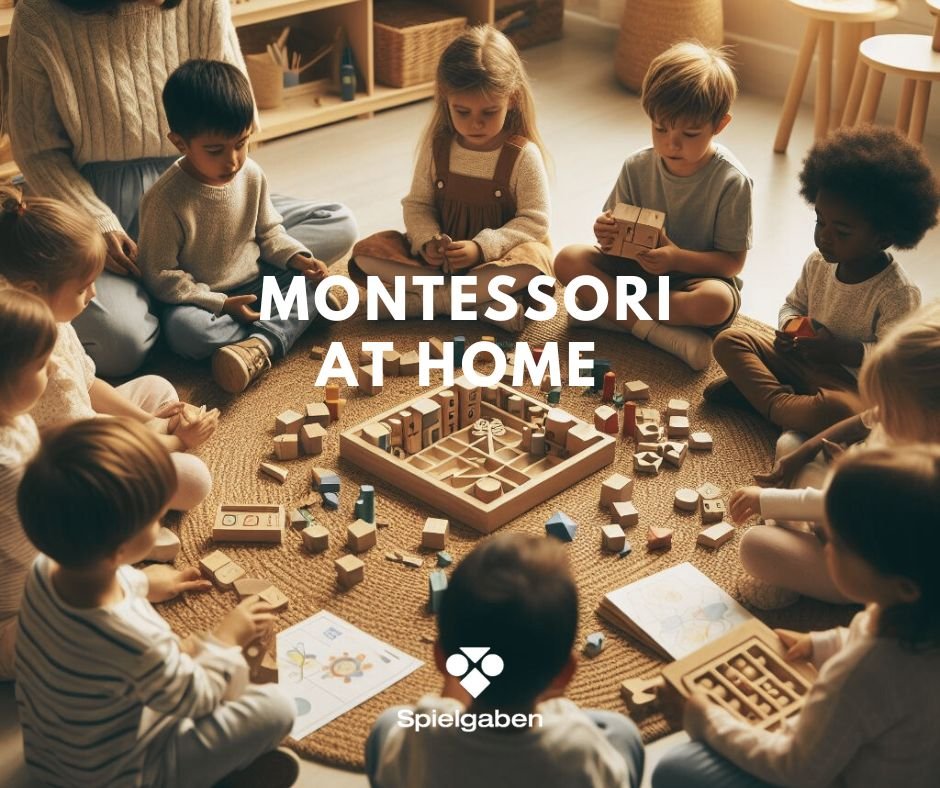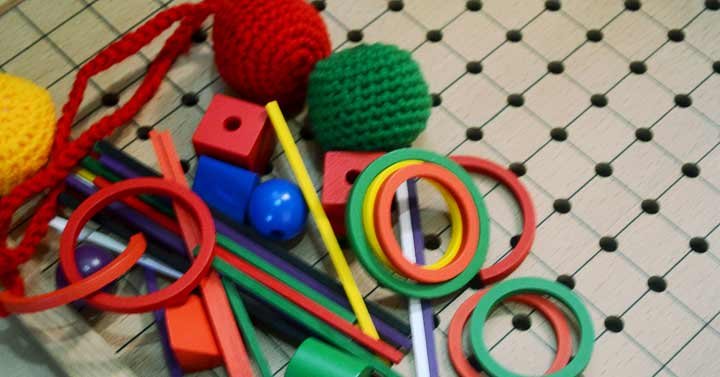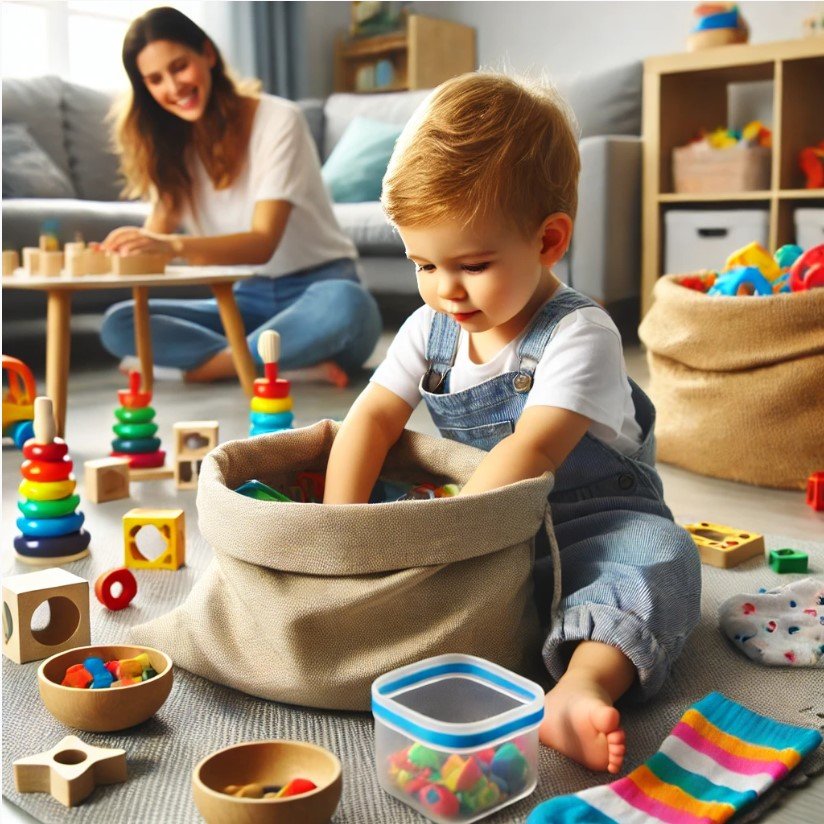Montessori at Home
Montessori at Home: Nurturing Your Child’s Growth and Development
Dr. Maria Montessori emphasized in her Montessori Method three key principles for preparing children for success:
- Encouraging toddlers to explore and discover at their own pace.
- Fostering toddlers’ independence by allowing them to engage in activities on their own.
- Providing a nurturing environment guided by clear principles and offering constructive feedback when needed.
And, we can apply these 3 key principles in the everyday life of your child in order to prepare your child’s success.
Exploring What Works and What Doesn’t
Toddlers are like little explorers, eager to unravel the mysteries of the world around them. They push boundaries, testing what’s possible and what’s not. When they insist on playing the same song over and over, it’s their way of diving deep into understanding it completely.
They’re not in a rush; toddlers take their time, soaking in every experience. They’re like self-paced learners, mastering new concepts when they’re good and ready. It’s all about learning at their own rhythm, and toddlers are experts at it.
But that doesn’t mean parents should just stand by. Instead, they offer gentle guidance when needed, like a helping hand on a rocky path. By setting some basic rules and giving toddlers space to explore within those limits, parents create a nurturing environment where learning flourishes.
Encourage Growth and Curiosity in Sensitive Periods
As parents, we’ve all seen how our little ones are like little explorers, always curious about the world around them. But did you know that this curiosity is actually a sign of their growing brain power?
When kids start showing interest in things like plants, animals, or just the outdoors in general, it’s our job to encourage that curiosity. A simple walk in the park or a trip to the zoo can turn into a fun learning adventure.
Why does this matter? Well, because kids’ brains are like sponges, soaking up information super fast, especially when they’re young. So when they show interest in something, it means their brain is ready to learn more about it.
By encouraging their curiosity and letting them explore at their own pace, we’re helping them build confidence and independence. And as parents, we’re here to support them every step of the way, ready to lend a hand whenever they need it. So let’s embrace their curiosity and watch them grow!
Create Engaging Activities for Toddlers and Family Fun
When it comes to activities, let your toddler take the lead. If they’re using toys or tools safely, let them explore as long as they want – even if they make mistakes. Step in only if they ask for help or if there’s a safety concern.
To keep things positive, try to avoid asking closed-ended questions that only have right or wrong answers. Instead, keep conversations open and encourage your child to explore at their own pace. For example, if they’re learning shapes, ask them to name what they see, and let them guide the conversation. This helps build their confidence and keeps the learning experience fun for everyone.
Create an Enriching Home Environment for Your Toddler
As toddlers venture into mastering various tasks, they inevitably engage in behavior that may not always be appropriate. A helpful strategy for parents is to redirect their child’s focus to activities that express their actions in a nondestructive manner.
For example, if your child is tossing toys onto hard surfaces, you could guide them to a carpeted area or provide soft toys that won’t cause damage. Similarly, if they’re repeatedly banging an object against a wall, offering a toy drum set allows them to channel their urge to hit things while learning about appropriate boundaries.
Another effective approach is to designate different areas of your home to encourage different skills and provide the necessary materials for exploration. For instance, you could create a crafting zone with a few selected supplies suitable for their age and abilities, alongside a quiet reading corner. By setting up child-friendly furniture and fixtures, you empower your toddler to navigate these spaces independently, fostering a sense of autonomy and responsibility.
By establishing these supportive environments, parents can confidently respond to their child’s natural curiosity and desire for exploration, knowing that all items are being used appropriately within designated areas.
Helping Your Child Adapt to Changes
It’s essential to understand that toddlers’ brains are still developing, and sudden changes can be challenging for them to handle. Toddlers thrive on routine and familiarity as they learn and grow.
When unexpected changes occur, toddlers may become upset because they’re unsure how to deal with the situation. To help them cope, it’s important to establish consistent rules and routines whenever possible. If changes are necessary, explain to your child why things are different this time and acknowledge their feelings if they’re struggling to adjust.
Most toddlers feel more secure when they know what to expect during their day. By sticking to a few simple rules, you can provide the stability and predictability that your child needs to navigate changes more smoothly.
Understand and Guide Your Toddler’s Behavior
Accepting your child doesn’t mean condoning all behaviors. It means trying to understand why they act the way they do and finding ways to address inappropriate behavior effectively.
For instance, tantrums in public can be embarrassing, but to your child, it might be their only way to express frustration. Instead of scolding or punishing them, try to empathize and figure out what they’re trying to communicate.
When your toddler throws a tantrum, ask them calmly if there’s something bothering them. Even though they might not have the words to express themselves fully, they understand more than we think. Sometimes, they just need help putting their feelings into words.
Offering specific feedback instead of generic praise also helps them learn. For example, instead of saying “Good job” when they show you a drawing, comment on specific aspects, like their use of colors. This helps them understand what they’ve done well and encourages them to improve.
Accepting your child also means embracing their personality, even if they’re more reserved or outgoing than others. As long as their behavior is safe and respectful, it’s okay for them to be themselves. Encourage their strengths while guiding them towards maturity.
Summary
Take proactive steps to understand your toddler’s perspective and support their skill development.
Encourage them to lead their own learning journey while being attentive to their cues for assistance.
This approach empowers them to build confidence and explore the world at their own pace, fostering true mastery and comfort for both parent and child.













LEAVE A COMMENT